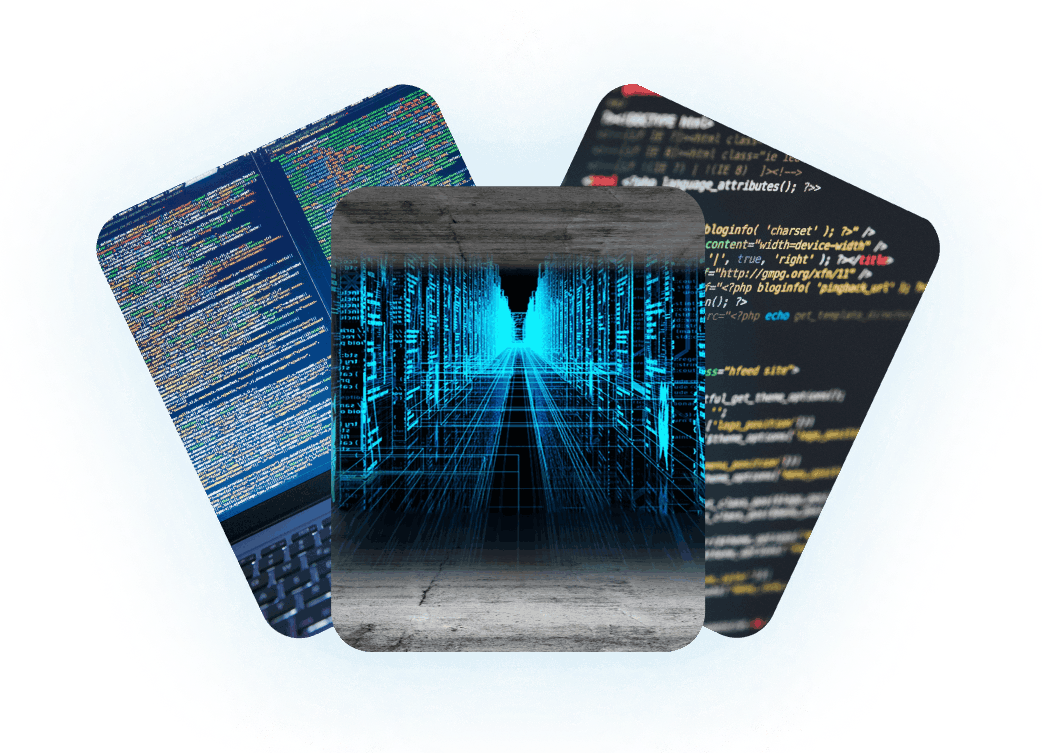In certain situations, unexpected expenses can disrupt your financial plans. When you’re facing urgent bills or temporary shortages, a cash advance may seem like a viable solution. This form of quick loan offers immediate funds, typically with minimal documentation and fast approval. However, while it serves as a convenient financial tool, careful handling is essential to avoid long-term issues.

This presents thoughtful, structured guidance on how to manage a cash advance effectively and keep your finances stable after using one.
Understanding What a Cash Advance Really Means
A cash advance refers to a short-term loan that provides fast access to cash. These are often available through financial institutions or service providers and can be processed quickly, making them appealing during emergencies. Many individuals use them to cover utility bills, medical emergencies, rent, or other unexpected expenses when immediate liquidity is required.
Cash advances typically have a shorter repayment cycle and may come with higher interest charges than traditional loans. That’s why knowing how to use them responsibly is crucial.
When Should You Consider a Cash Advance?
Not every situation calls for borrowing. However, there are moments when a quick loan becomes a necessary option. Some valid reasons include:
- Emergency medical needs
- Sudden travel for family obligations
- Temporary cash flow gaps between paychecks
- Urgent repairs (home or vehicle)
- Avoiding penalties for missed bill payments
These circumstances may justify a cash advance, but one must weigh the necessity against the cost.
Evaluate the Loan Terms Before Accepting
Before accepting any cash advance, make sure to carefully read and understand all the terms and conditions. This includes:
- Interest rate and additional fees
- Total repayment amount
- Due date for repayment
- Any penalties for delays
Even if the process seems fast, taking a few minutes to evaluate the agreement can help you avoid hidden costs or future disputes.
Create a Repayment Plan
A cash advance should only be taken if you have a clear repayment plan. Due to its short-term nature and higher costs, missing the due date could result in additional charges. Consider these steps when preparing to repay:
- Set aside a portion of your next income to repay the loan in full
- Avoid taking multiple quick loans at once
- Limit unnecessary expenses until the loan is cleared
Structured repayment ensures that a temporary solution doesn’t become a long-term burden.
Track Your Spending Post-Advance
Once you’ve received your cash advance, monitor your spending closely. Prioritize the reason you took the loan and avoid using the borrowed amount for unrelated purchases. This kind of discipline helps prevent overspending and makes it easier to repay within the agreed timeframe.
A simple budget tracker or a mobile app can help you stay accountable throughout the repayment period.
Avoid Relying on Cash Advances Regularly
It’s important to treat a cash advance as a one-time or rare option. Using it frequently for routine expenses is a sign of deeper financial imbalance. If you find yourself depending on cash advances often, consider taking steps such as:
- Reviewing your monthly budget
- Finding ways to reduce recurring costs
- Exploring income supplements
- Building a small emergency fund
Over-reliance on quick loans can damage credit health and cause financial fatigue.
Explore Alternatives Before Applying
Before applying for a cash advance, explore other ways to address your financial need. Some options may include:
- Borrowing from friends or family (with clear terms)
- Requesting an advance on your paycheck from your employer
- Selling unused items
- Deferring non-essential expenses
Sometimes, these alternatives provide relief without involving high interest or short deadlines.
Learn from Each Experience
If you’ve taken a cash advance, take a moment after repayment to evaluate the experience. Ask yourself:
- What led to the need for urgent funds?
- Could it have been avoided with better planning?
- How can I prevent a similar situation in the future?
Building financial awareness is the key to reducing dependency on short-term borrowing.
Build Financial Resilience Moving Forward
One of the best outcomes of managing a quick loan successfully is using that experience to improve future financial habits. Start by:
- Creating a monthly savings goal, even if small
- Tracking fixed and variable expenses regularly
- Setting aside a percentage of income for emergencies
- Educating yourself on budgeting and personal finance
Long-term financial health is achieved through steady, consistent habits rather than shortcuts.
Conclusion:
A cash advance can be a useful option when you’re facing immediate financial pressure. It’s a fast and accessible form of support that can prevent late fees, service interruptions, or emotional stress in urgent situations. However, using a quick loan without a proper strategy may result in unplanned debt or financial strain.
The key lies in understanding the purpose of the advance, evaluating its terms carefully, and making repayment a priority. Responsible usage, combined with smart financial habits, ensures that a short-term loan doesn’t become a long-term issue.
Whether it’s your first time or you’ve used cash advances before, consider this guide a tool to help you make informed, practical choices that align with your financial goals.


